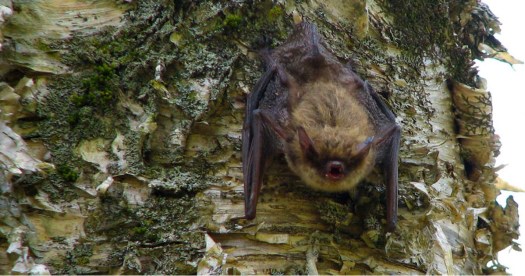
The first record of a soft tick in Vermont was made in 2021 by Entomologist Cheryl Sullivan Ph.D., a scientist working at the Entomology Research Laboratory with Professors Bruce L. Parker and Margaret Skinner. This soft tick is known as the bat tick, Carios kelleyi.  Sullivan collaborated with specialists from Rutgers University and the Walter Reed Biosystematics Unit at the Smithsonian Institute to confirm the identification, and published the information in the Journal of Medical Entomology. Prior to this discovery, Vermont had records for only hard ticks, of which there are 14 different species, including the deer tick, Ixodes scapularis.
Sullivan collaborated with specialists from Rutgers University and the Walter Reed Biosystematics Unit at the Smithsonian Institute to confirm the identification, and published the information in the Journal of Medical Entomology. Prior to this discovery, Vermont had records for only hard ticks, of which there are 14 different species, including the deer tick, Ixodes scapularis.
The bat tick primarily parasitizes bats and can harbor bacteria known to cause disease in humans. Human-tick encounters may occur when bats occupy attics or similar dwellings with access to human-inhabited areas. Occasionally, they can stray from where bats dwell and bite humans or pets. In Vermont’s case, a family dog carried the tick.
The implications for the health of humans, domestic animals, and bats in northern New England remain unclear. It is unknown how long the bat tick has been in this state but reports of this species are on the rise across the Northeast. The bat tick is now confirmed in 32 states.
Recently, WCAX covered this discovery in a story entitled, “Vermont Sees Its First Bat Tick.”

